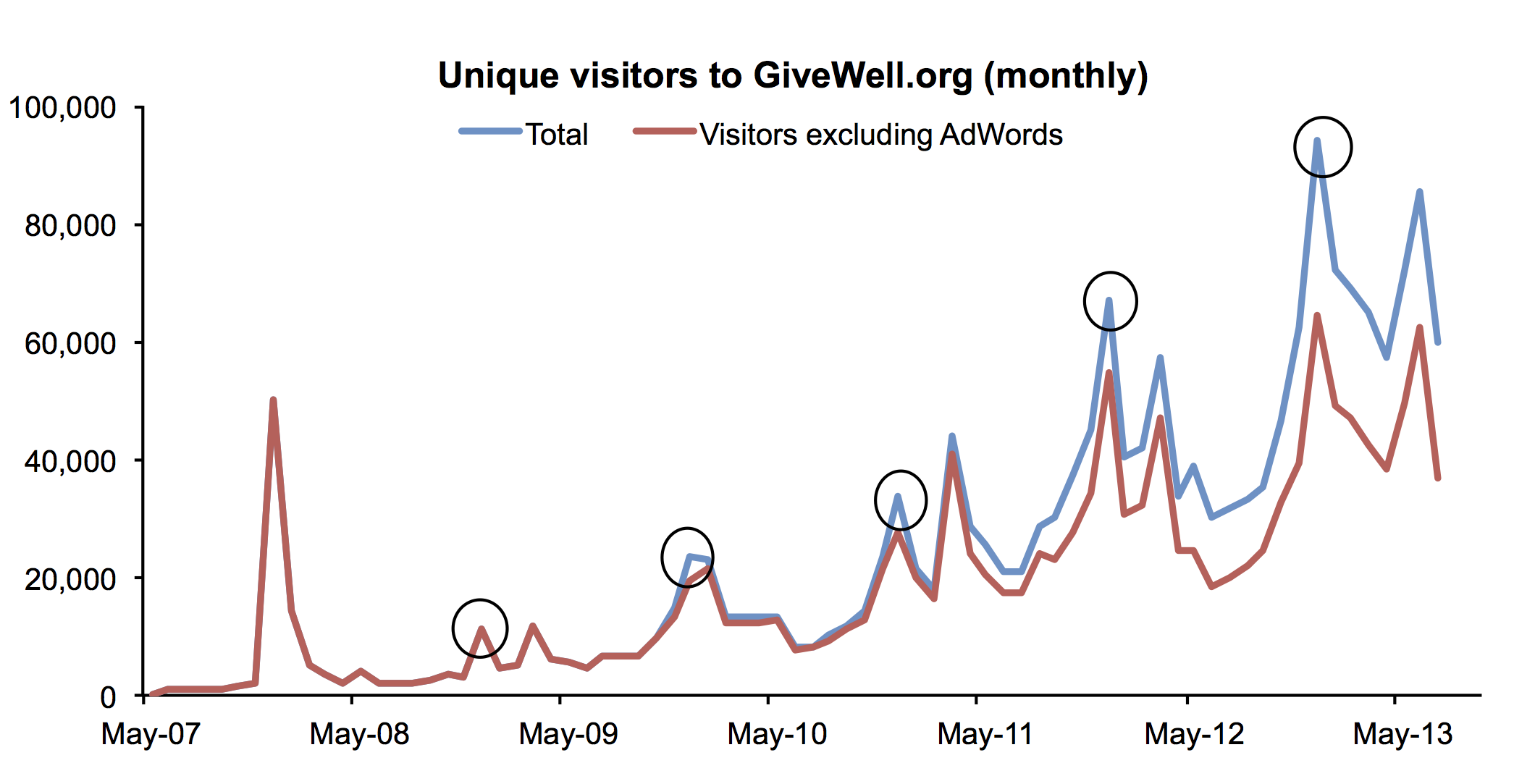Over the past few weeks, we’ve seen something that we see too rarely: a debate over philanthropy.
Bill Schambra, at the invitation of the Hewlett Foundation (a funder of GiveWell), attacked the idea of “strategic philanthropy” presented in Money Well Spent (a book co-authored by Paul Brest, former Hewlett President). He characterized Money Well Spent as promoting a world in which nonprofits “sit around drinking herbal tea … filling whiteboards with guesses about why people have needs, and how to avert them altogether by getting at their root causes … [putting] more trust in the college degrees earned by the public health director than in our hard-won, practical, face-to-face understanding of our own community.” Critiques of Mr. Schambra’s argument have been posted by Paul Brest, Larry Kramer (the Hewlett Foundation’s current President) and Phil Buchanan (President of the Center for Effective Philanthropy).
Because we so rarely witness philanthropists publicly arguing with each other about how to do good philanthropy, we’re glad to see that Hewlett encouraged Mr. Schambra to put forth a critique and engaged it directly. However, we think there is a major and extremely telling missing element from this debate. The case study being debated is entirely hypothetical, involving an investigation by the “hypothetical Metro Community Foundation” of the reasons for a winter-time surge in demand for food and other necessities.
In our view, this is a sobering (and accurate) reflection on the state of foundation transparency, as well as the state of historical study of philanthropy.
Every day, people have public debates about how we should be governed, what companies we should invest in, and a wide variety of other topics, with a broad set of news and facts to draw on in challenging each other. But when it comes to how we should give, not only are there few debates, but the debates that do occur have very little to work with in terms of substantive information provided by foundations and/or independent investigators. It isn’t that there is no alternative to using hypotheticals (Money Well Spent discusses actual cases as well, and hypotheticals can have advantages in conceptual discussions); but the relative paucity of concrete examples, informative case studies, etc. is striking.
We believe that a change along this dimension would be greatly beneficial for people’s abilities to make good giving decisions, which is why we are investing in both transparency and historical study of philanthropy.


